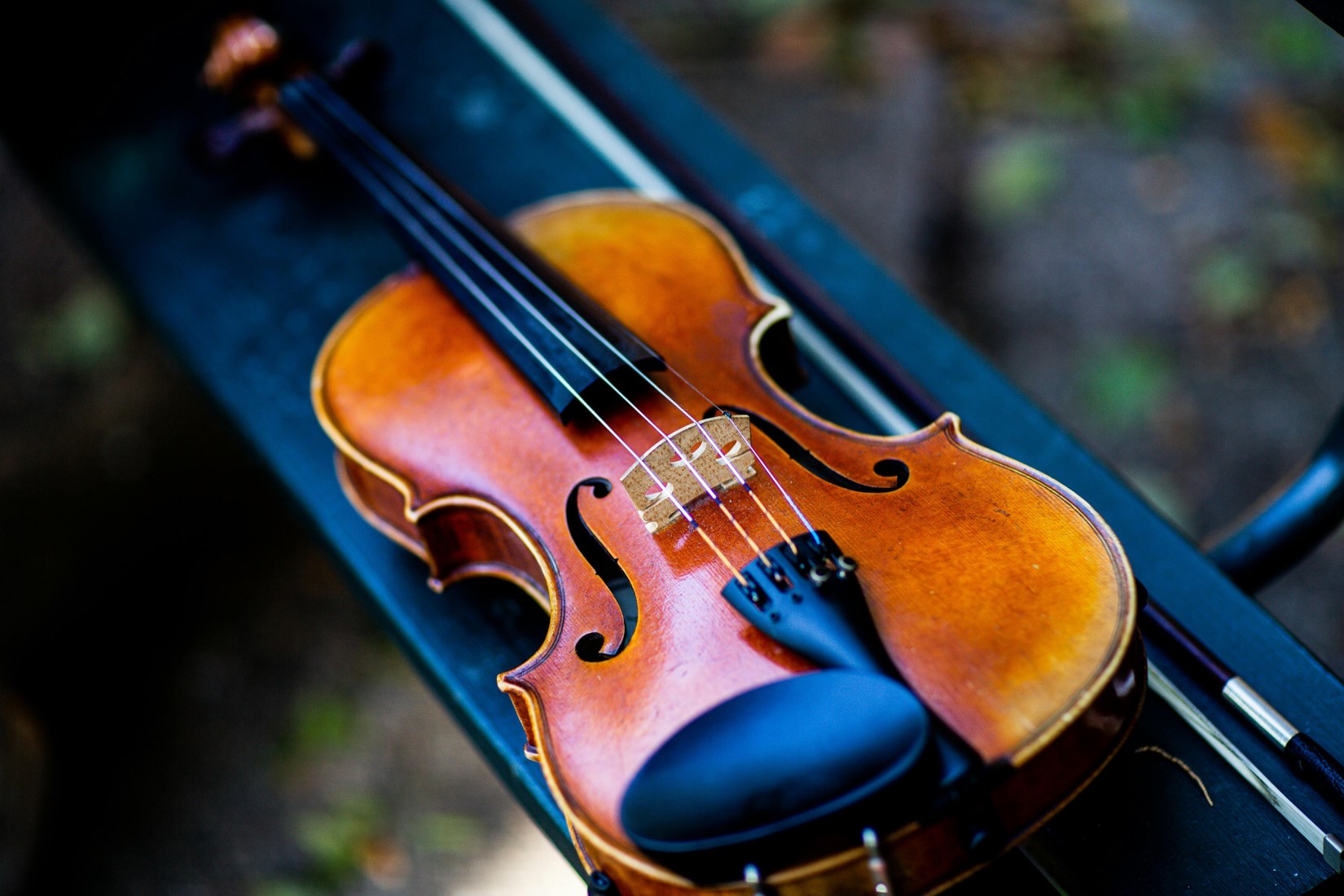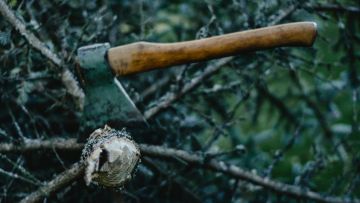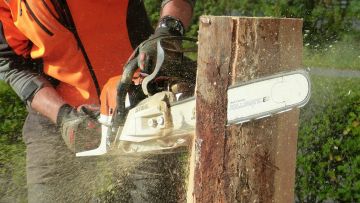It’s not easy to find and get an instrument that perfectly fits your needs. It’s because we can’t deny that you’d get a dilemma between the cheapest one versus the most functional one that gives that great sound. One thing I experienced is that you could actually get a cheap violin that suits your skill level. I’ve been there and let me show you how I was able to navigate this tricky journey.
Understanding Your Needs
Assessing Skill Level
The first thing I needed to do is assess where I am at. Back then, I was looking for a violin for the beginner me and that’s where I started. It’s important to understand your skill level since it’ll determine which violin is fit for you. If you’re a beginner, you should get an instrument that’s easy to play for long periods of tutorials and not painful when it comes to budget.
Purpose of Playing
Your purpose of playing is also an important factor to consider when choosing a violin. Do you play just for fun and nothing serious? Do you play the violin as a career?
If you're playing just to learn new skills, you can surely find a violin that doesn't cost much. But if you're playing for your career, you’ll need a quality instrument that can support your progress.

Personal Preferences
When choosing a violin, don't forget about your personal preferences. List down your ideal brand and of course, your preferred budget. This way, you can get the instrument just exactly how you like it.
Budgeting for a Violin
Setting a Realistic Budget
Setting a realistic budget can be hard for some but it's a strict thing to do. Make sure to define your budget that's within your reach. Don't go beyond that and make sure to stick with it when you're on the verge of filtering violins.
Additional Costs to Consider
There are also other costs to consider such as the accessories that comes with it and insurance for your instrument protection. These costs can add a couple of hundreds more and you should be prepared for it.
Test Before You Buy
Importance of Trying the Violin
Testing before you purchase an instrument is one rule of the thumb. Once you test the violin, you can get an idea if it fits perfectly within your hands, arm, and chin. Most importantly, you’d get to hear its sound and decide accordingly.
Seeking Expert Advice
If you don't know where to start getting a violin, you can always ask for expert advice. You can talk to a professional violin instructor or a knowledgeable staff member at the shop. Ask for recommendations and suggestions from them.
Creating a Visual Checklist using Presentations
Creating visual presentations can be a helpful tool in your search for the right violin. You can design an easy-to-follow checklist that outlines your preferences, budget, and the key features you want in a violin. This visual aid can help you stay organized and focused as you navigate different options. By having a clear checklist, you can compare instruments more effectively and ensure you don’t overlook any important details.
Care and Maintenance

Basic Maintenance Tips
Caring for a cheap violin requires consistent maintenance to keep it in good condition. Basic maintenance tips include cleaning the violin after each use, loosening the bow when not in use, and storing it in a cool, dry place. Regularly check the strings and tuning pegs to ensure they are in proper working order.
When to Upgrade
Once your skills improve, and you notice limitations in sound quality, it might be time to invest in a better violin.
Conclusion
While high-end instruments might seem out of reach, there are affordable violins that offer great sound and quality, perfect for advancing your skills. By considering factors such as craftsmanship, material, and sound quality, you can discover a violin that fits both your needs and budget. With patience and research, the perfect instrument is within your grasp, allowing you to focus on honing your talent and achieving your musical goals.















